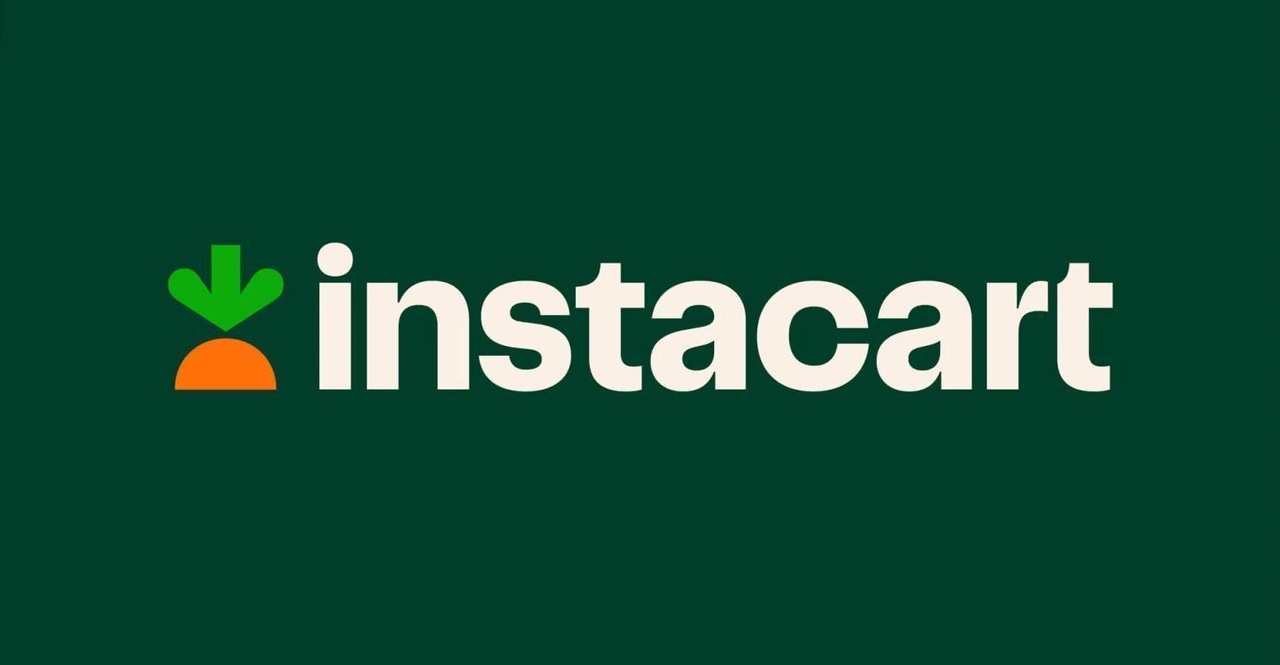Instacart shares rise 12.7% in NASDAQ debutInstacart shares rise 12.7% in NASDAQ debut
IPO nets grocery-delivery specialist more than $420 million, per reports
September 19, 2023

Newly issued shares of grocery-delivery specialist Instacart rose 12.7% in their debut on the NASDAQ exchange on Tuesday, closing at $33.80.
The initial public offering of 22 million shares was priced on Monday at $30 per share, but the stock (listed as CART) hit the market around midday at $42 per share before gradually trailing downward in afternoon trading.
The offering netted the company more than $420 million, according to a CNBC report.
At its opening price of $42 per share, the company was valued at about $14 billion, which several reports noted was much less than the $39 billion valuation the company enjoyed in 2021 after its sales soared during the height of the COVID pandemic. The pre-IPO pricing of $30 per share valued the company at $10 billion.
“This IPO is not about raising money for us,” Instacart CEO Fidji Simo said in an interview on CNBC on Tuesday. “It’s really about making sure that all employees can have liquidity on stocks that they work very hard for. We weren’t looking for a perfect market window.”
According to the CNBC report, Instacart co-founders Brandon Leonardo and Maxwell Mullen were slated to sell 1.5 million shares, and Apoorva Mehta, another co-founder, was selling another 700,000 shares. Former employees were selling a combined 3.2 million shares.
Simo noted that the company has been profitable for five consecutive quarters, although its transaction volume has slowed somewhat recently.
For the first six months of this year, Instacart in its IPO prospectus reported net income of $242 million on revenues of $1.475 billion, compared with a loss of $74 million on revenues of $1.126 billion in the year-ago, six-month span.
The company said it filled 132.9 million orders in the first half of 2023, up slightly from 132.3 million in the first six months of 2022.
Some analysts were cautious about Instacart stock, noting that profitable growth could be difficult to achieve as competitors such as Shipt, DoorDash and Uber Eats seek a larger share of the grocery-delivery market.
“As online grocery delivery rises in popularity, Instacart will find it tougher to maintain and take market share, as new competition floods into the industry,” said David Trainer, an analyst on Seeking Alpha, in a column on Tuesday.
In its prospectus, Instacart detailed three divisions of its business:
Instacart Marketplace, the platform that consumers use to shop for groceries from the retail stores that Instacart partners with. This is the “gig economy” aspect of its business that leverages independent shoppers and drivers
Instacart Enterprise Platform, which retailers can use for a range of digital and ecommerce services
Instacart Ads, which offers a platform for CPG companies to advertise their products to Instacart shoppers
Each of these divisions has their own sets of competitors, which in some cases include the same retail companies that Instacart partners with.
In the interview with CNBC, Simo said Instacart “has an 11-year advantage” over its competitors, referring to its founding in 2012. That longevity has given the company a wealth of data and the opportunity for deep integrations with its retail partners.
She also reiterated that the company has no plans to open its own retail stores or own its inventory.
“We see ourselves as an enabler for retailers,” Simo said, noting that consumers are highly loyal to their grocery stores and are interested in the breadth of inventory that they carry.
About the Author
You May Also Like






